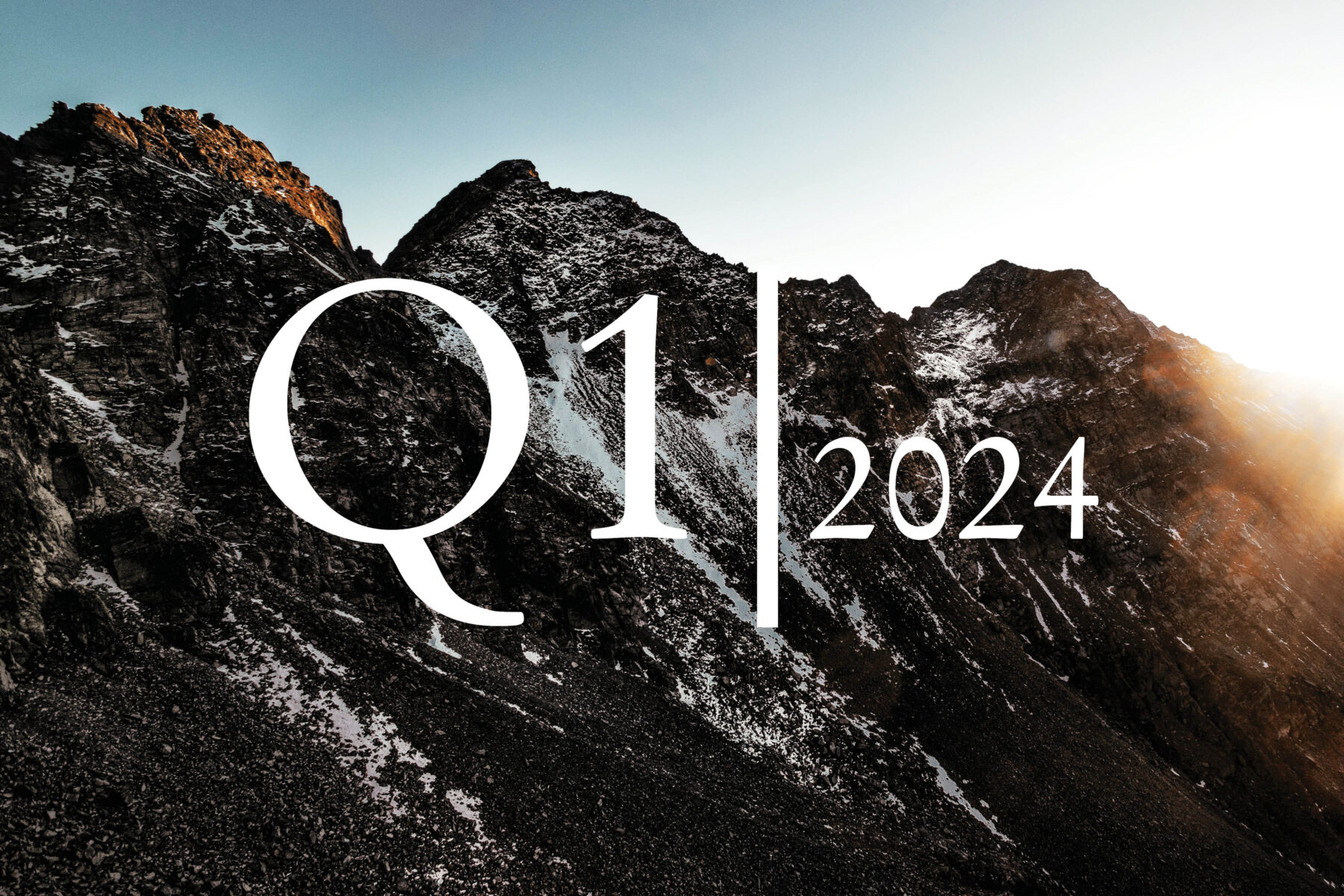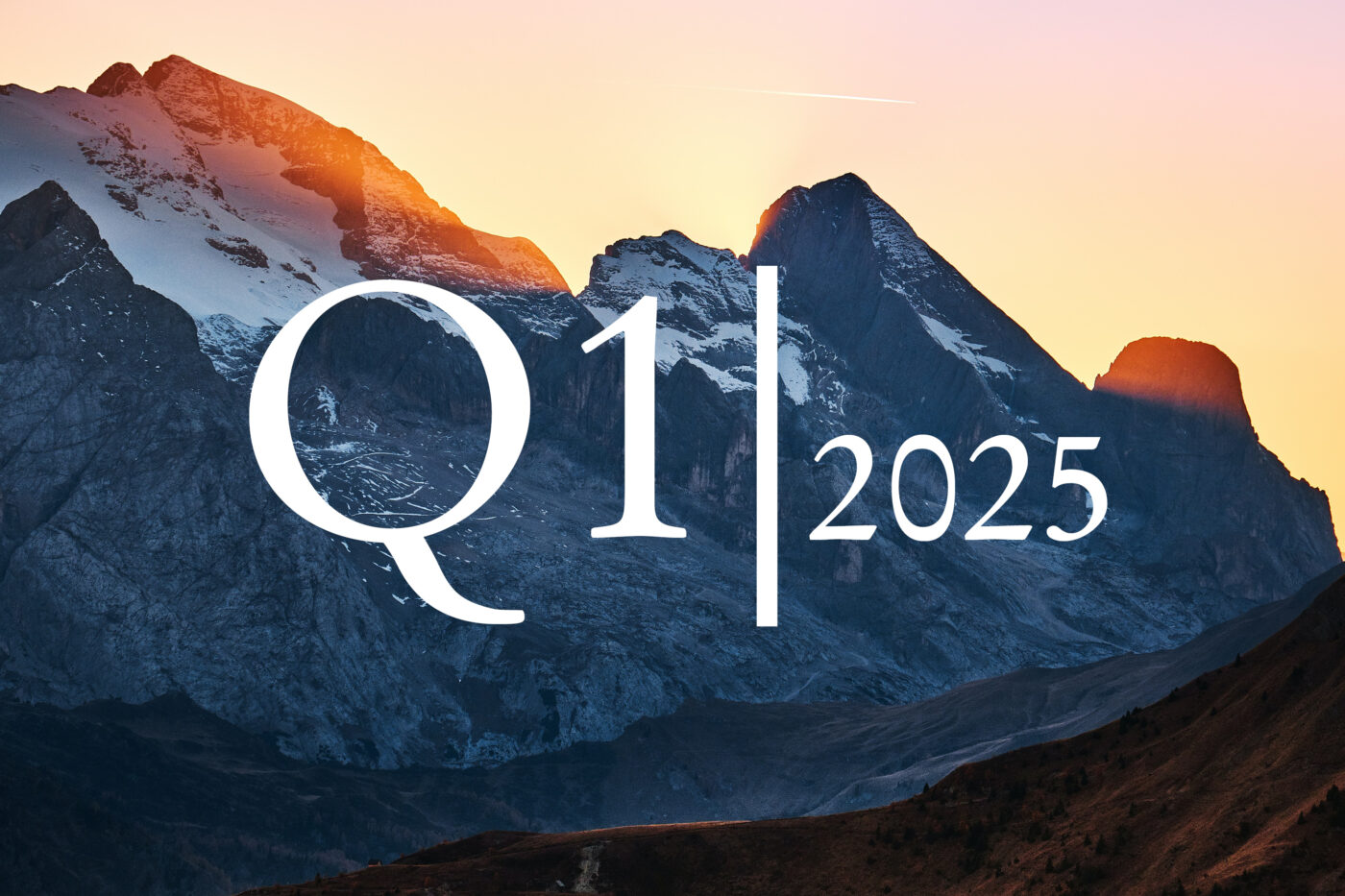In a nutshell
Limited earnings growth in 2024 is likely to limit upside potential for equities. Especially as valuations are unlikely to increase, at least in the US.
Europe and especially small caps have more potential for PE expansion, as a lot of the negative has already been priced in.
Our focus is on quality growth stocks, which should no longer be burdened by rising interest rates.
We continue to find value regions such as Latin America and the UK attractive as an addition.
Split fourth quarter
The setback we predicted for the autumn actually occurred. The major stock markets fell by more than 10% from their peak before a strong recovery rally began at the beginning of November – driven primarily by falling interest rates and lower volatility. Latin America continued its outperformance and remains one of the best performing regions worldwide. European equities caught up with US equities. By contrast, small caps and Asian emerging markets remain the relative losers in 2023.
Moderate, negative profit revisions likely for 2024
The consensus is optimistic and expects global profits to grow by around 9% in 2024, including margin expansion, after stagnating this year. We believe this is too ambitious for several reasons.
According to our economists, economic growth is likely to weaken in the first half of the year. Continued high wage inflation and rising corporate refinancing costs together with the now more pronounced onset of disinflation are also likely to limit profit growth. Against this backdrop, profit margins are likely to remain stable at best, meaning that profit growth should match sales growth. Accordingly, we expect global profit growth of 4–6% in 2024.
Valuation expansion probably only possible in Europe
The recent rally was strongly driven by valuations. The forward P/E ratio for the S&P 500 is now back at 19, above the
historical average of 17. One driver has been the strong inflows this year into US funds and especially tech – the only equity
sector with significant inflows this year, thanks to AI euphoria. This means that there is unlikely to be any major increase in
valuations without a very sharp fall in interest rates. By contrast, other segments, such as European equities and small caps, are
favourably valued compared to their own history. They are already pricing in an economic downturn and are underrepresented in
international portfolios. If our economists are right and
European growth accelerates again from the second quarter of 2024, not only profits but also the valuations of European
companies are likely to rise. Small caps, which tend to be sensitive to interest rates, in particular have relative catch-up potential.
On a P/E basis, European small caps are trading at a discount of 5% compared to large caps. If we were to return to the
average of the last 20 years, small caps would have a relative
catch-up potential of more than 20%. We view this as a major
opportunity for 2024.
Heterogeneous stock market performance in Q4
Europe and Europe with some significant gains, Asia almost unchanged
Latecomers are likely to perform better in 2024
In our opinion, market breadth is likely to increase again next year, giving the 2023 laggards the potential to catch up. This is supported by the fact that the "Magnificient 7" is a strong consensus trade that has seen many inflows in 2023 and the valuations partly anticipate the high earnings growth that can certainly be expected. In addition to small caps with healthy balance sheets, we particularly like companies from the healthcare sector and China-related stocks, such as luxury goods manufacturers. Our focus is clearly on European quality growth stocks, which are no longer facing headwinds from rising interest rates and should benefit from their above-average earnings growth rates. We continue to favour "value" regions such as Latin America and the UK for reasons of diversification. However, the upside potential is also limited by a low-risk premium for equities, only moderate 2024 earnings growth and signs that the market is already pricing in a soft landing. Overall, we therefore consider both the upside potential (earnings, valuations, optimistic investor sentiment) and the downside potential (positioning not extreme, central banks probably more supportive) for equities to be limited. A moderate setback in H1 after the strong rally since October 2023 in view of cooling economic data does not seem unlikely to us. Especially as the US presidential election campaign is also entering its hot phase. This is naturally likely to cause some volatility on the markets.
European small caps are historically attractive
Relative valuation of European small caps vs. large caps on a P/E basis (monthly data)
Forecast overview: limited upside potential
Berenberg and consensus forecast in comparison, values at mid-year 2024 and year-end 2024
What is on companies' minds?
Positive signs
During our discussions with companies at conferences and one-on-one meetings, company leaders expressed very different perspectives on the coming year. In the semiconductor industry, there are increasing signs that demand should start to recover in 2024. The main drivers are the strong recovery in the storage media segment following the reduction of existing overcapacities. More positive voices are also being heard again from the private equity industry, as the environment for transactions is already brightening and the backlog of deals is also expected to clear in the coming year. In the luxury goods sector, on the other hand, the temporary slowdown in consumer spending, particularly in the US, became noticeable. However, the leading companies in the sector only see this as a temporary slowdown and not as a structural problem. Detached from economic data, the healthcare sector is currently dominated by the debates surrounding the new obesity drugs from Novo Nordisk and Eli Lilly and their expected negative impact on areas of medical technology. In conclusion, following the interest rate adjustments of recent months, the focus in 2024 is likely to be primarily on the economic development of companies.
- Matthias Born, CIO Equities
Author

Ulrich Urbahn
Ulrich Urbahn has been working for Berenberg since October 2017 and is responsible for quantitative analyses and the devel-opment of strategic and tactical allocation ideas, and is involved in capital market communications. He is a member of the Asset Allocation Committee and portfolio manager of the Berenberg Variato. After graduating in economics and mathematics from the University of Heidelberg, he worked for more than 10 years at Commerzbank, among others, as a senior cross asset strate-gist. Mr Urbahn is a CFA charterholder and was part of the three best multi-asset research teams worldwide in the renowned Extel survey for many years.



